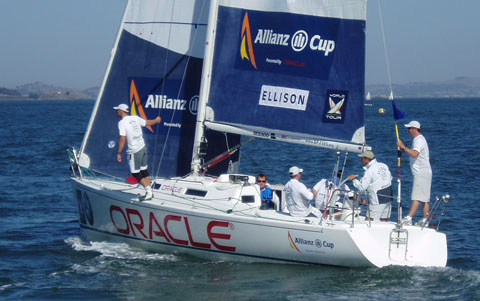At some point (probably between the 2000 Super Bowl halftime show, and when all the companies that advertised in that show went bust after the first Internet boom, it became clear that the Internet didn't change everything, and that some old things (revenue, profitability) still mattered.
And so, gradually "monetization" crept into the equation, and the conversation on monetization continues to this day.
I came into the game at about this point, recruited back to Oracle to run operations for one of Larry Ellison's pet ventures - a hosted applications service called "Oracle Business OnLine." (BOL for short, and later Oracle On Demand. I came in as part of the second or third team tasked with getting the initiative moving, and as a favorite venture we (my boss Chris Russell, and me at Chris' invitation) met with Larry Ellison every week for about 18 months from 1998 - 2000.

Here's some of what we learned in two years before the Ellison mast:
- Just because you build it doesn't mean they'll come. We had a great sales effort and support from the Greater Oracle, but getting people to move their core systems outside their control was a tough sell.
- Nobody knew what these systems should cost. We sold hosted seats, all-in for six-ninety-five per user per month. I can remember one of our prospective customers asking "Is that $695 per month, or $6.95?" On hearing it was the former figure, the prospect just shrugged. Who knew if that was a good price or not?
- If it's on the Internet, it's assumed to be free. Prospects weighed $695 and $0, and liked $0 better.
- If your customer's first price assumption is roughly $0, then you better have an architecture capable of running profitably at something near $0.
We at Oracle weren't alone in coming to these conclusions. Other folks who came to the same conclusion, and the architecture we all came to in the next installment.
 Friday, December 29, 2006 at 4:47PM
Friday, December 29, 2006 at 4:47PM 




